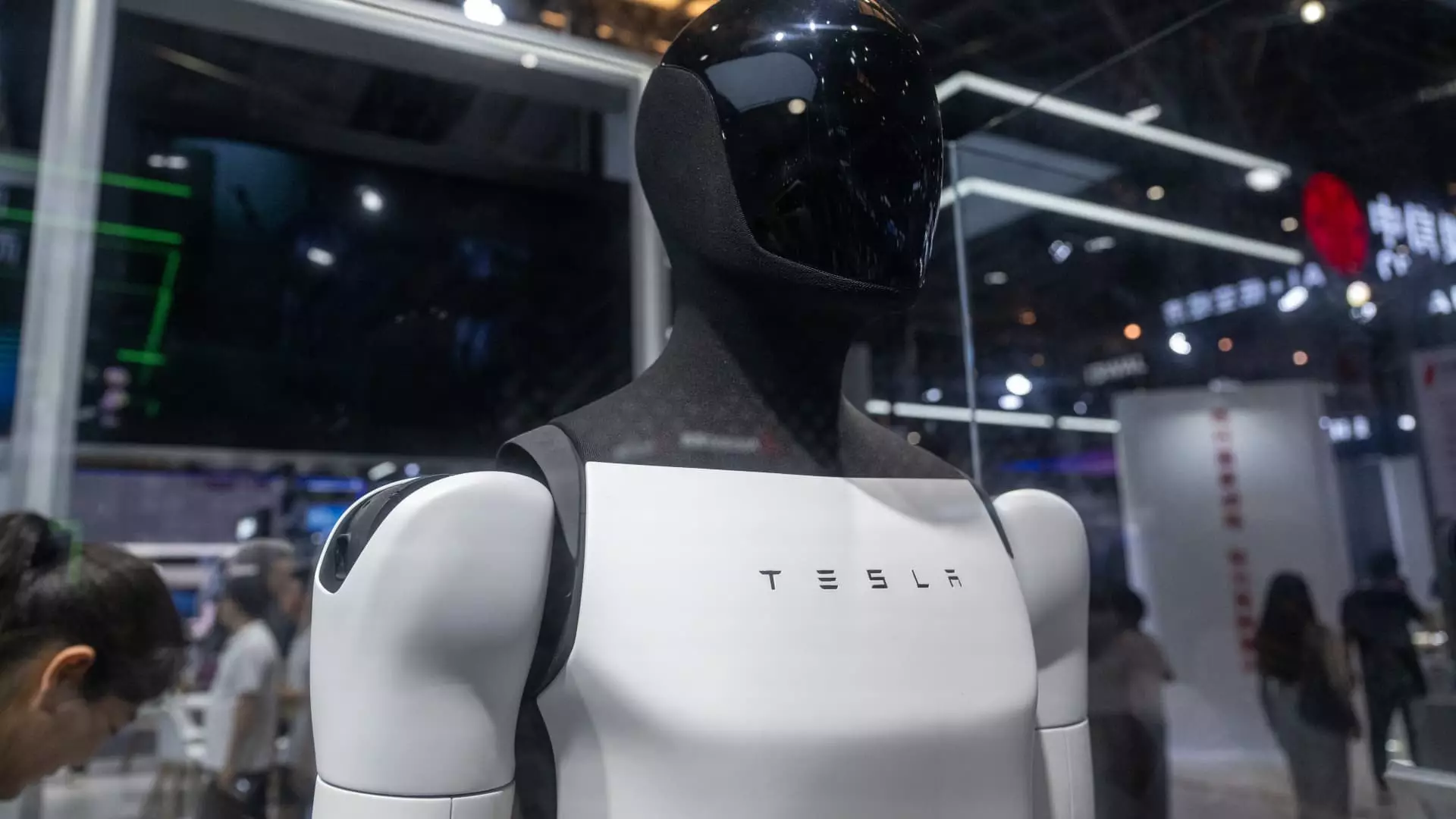Elon Musk, the dynamic CEO of Tesla, recently highlighted an escalating challenge to the company’s ambitious plans for producing humanoid robots, specifically the much-anticipated Optimus model. During a Tesla earnings call, Musk pointed out that new trade restrictions imposed by China on rare earth magnets have put a significant dent in production capabilities. This situation exemplifies a broader trend in global trade dynamics where geopolitical tensions increasingly influence the technological landscape.
The recent measures implemented by China include export controls on an array of rare earth elements crucial for a range of technologies, from consumer electronics to defense systems. Tesla’s operations rely heavily on these materials, and Musk is keenly aware that any disruption in supply chain logistics could thwart the company’s plans, especially as competition intensifies both nationally and internationally. Remarkably, this isn’t just a setback; it’s a glaring indication of the fragility of contemporary supply chains in the realm of advanced technology.
A Quest for Compliance and Cooperation
Musk revealed that the Chinese government has requested specific assurances from Tesla—that the magnets won’t be diverted for military uses. This expectation is a testament to the atmosphere of mistrust driven by political maneuvers, particularly accusations between China and the United States over trade policies and military posturing. Musk’s approach of seeking cooperation serves as a crucial reminder that businesses now operate at the mercy of international relations.
Given that China has historically dominated the production and exportation of rare earth materials, the consequences of these restrictions could prove to be more than just a local inconvenience for Tesla. The inability to secure essential resources from China could quickly lead to a global shortage that would affect numerous sectors reliant on these elements, putting pressure on the U.S. to speed up the development of alternative sources or methods for rare earth mining.
The Path Forward: Robots and Resilience
Despite these obstacles, Musk remains optimistic about the future of the Optimus project. His assertion during the earnings call—that numerous humanoid robots would still be produced this year—demonstrates Tesla’s commitment to innovation even in the face of adversity. Musk envisions a future where humanoid robots significantly contribute to efficiency, productivity, and perhaps even redefine the landscape of human-robot relationships in relevant industries.
In an era where automation is increasingly pivotal, Tesla’s push for humanoid robots represents not just a diversification of product offerings but a potential exponential growth area. The current frustrations with rare earth supply may well be a moment’s disturbance rather than a permanent obstacle. Investors and analysts agree that Tesla must identify and nurture new growth engines, especially as the electric vehicle (EV) market faces intensifying competition and fluctuating demands.
The Competitive Landscape
As Musk acknowledges the optimistic future of Tesla’s humanoid robots, he is not oblivious to the fierce competition brewing, particularly from Chinese firms like Unitree Robotics and AgiBot. This competitive landscape is compounded by the fact that these companies may have an edge, thanks to China’s relaxed regulations and ready access to rare earth materials.
Musk’s belief that Tesla currently stands ahead of the competition may falter as global supply chains and evolving technologies reshape the playing field. The looming question remains: can Musk’s ambitions for robot production keep pace with or surpass rivals who could benefit from the very restrictions that challenge Tesla?
While Musk’s confidence heads toward the skies, the reality remains that the battle for consumer fidelity and industry leadership won’t be won merely by technological prowess. The nuanced interplay between geopolitics and corporate strategy will ultimately dictate who thrives in this high-stakes arena of innovation.
As the operational landscape shifts under the pressures of trade restrictions, Musk and Tesla’s audacity to pursue ambitious technological innovations could become the linchpin that sets them apart—or it could serve as a cautionary tale of what happens when innovation meets hesitance amidst global complexities.

